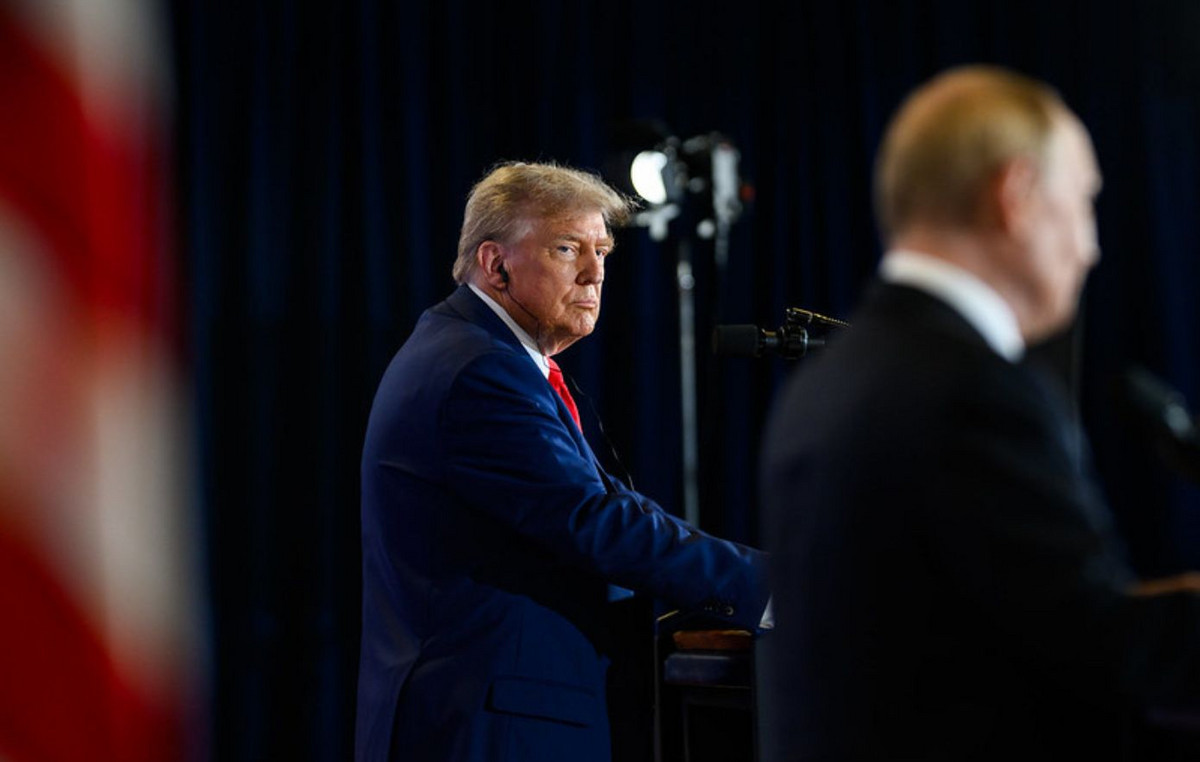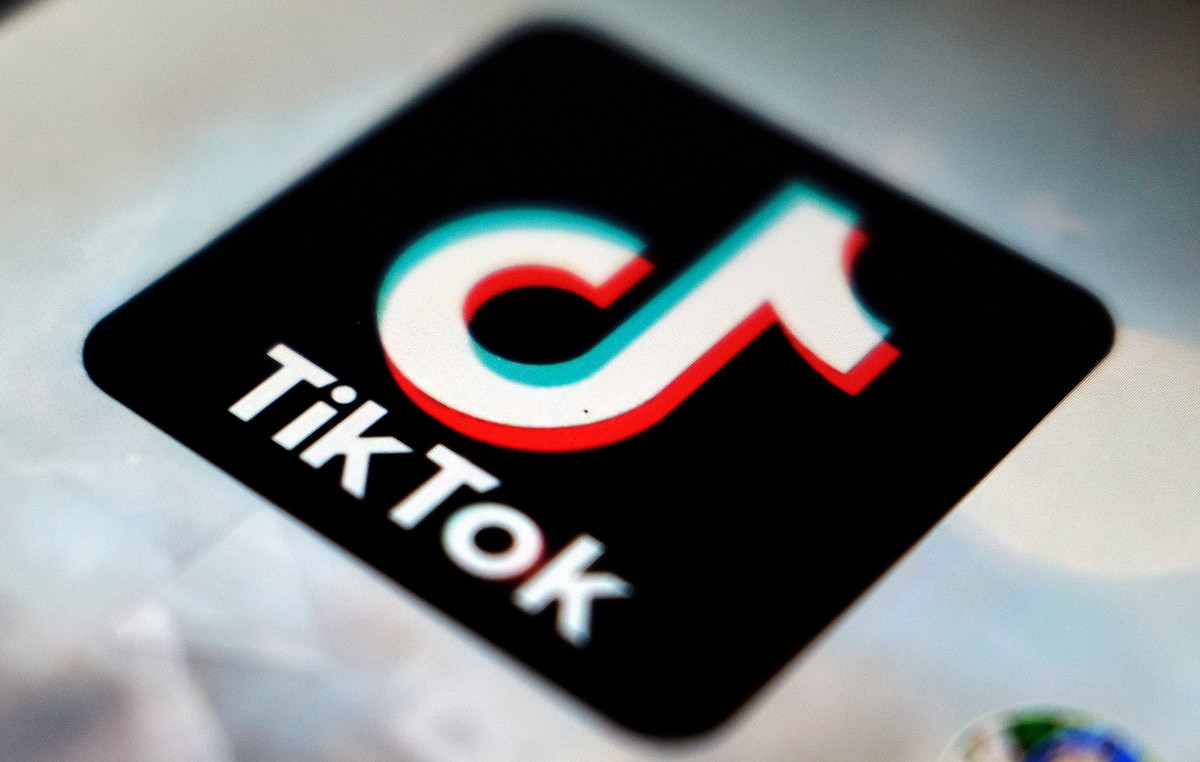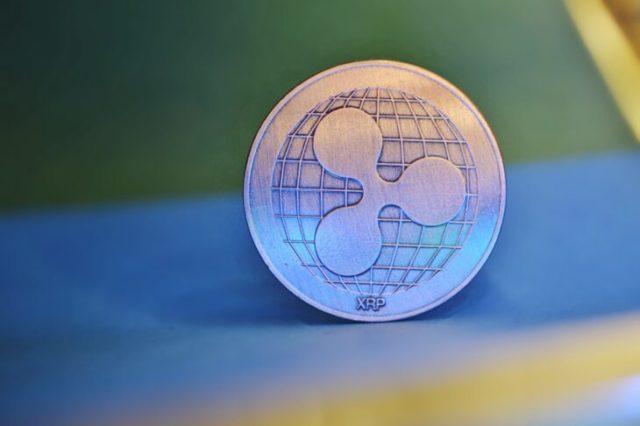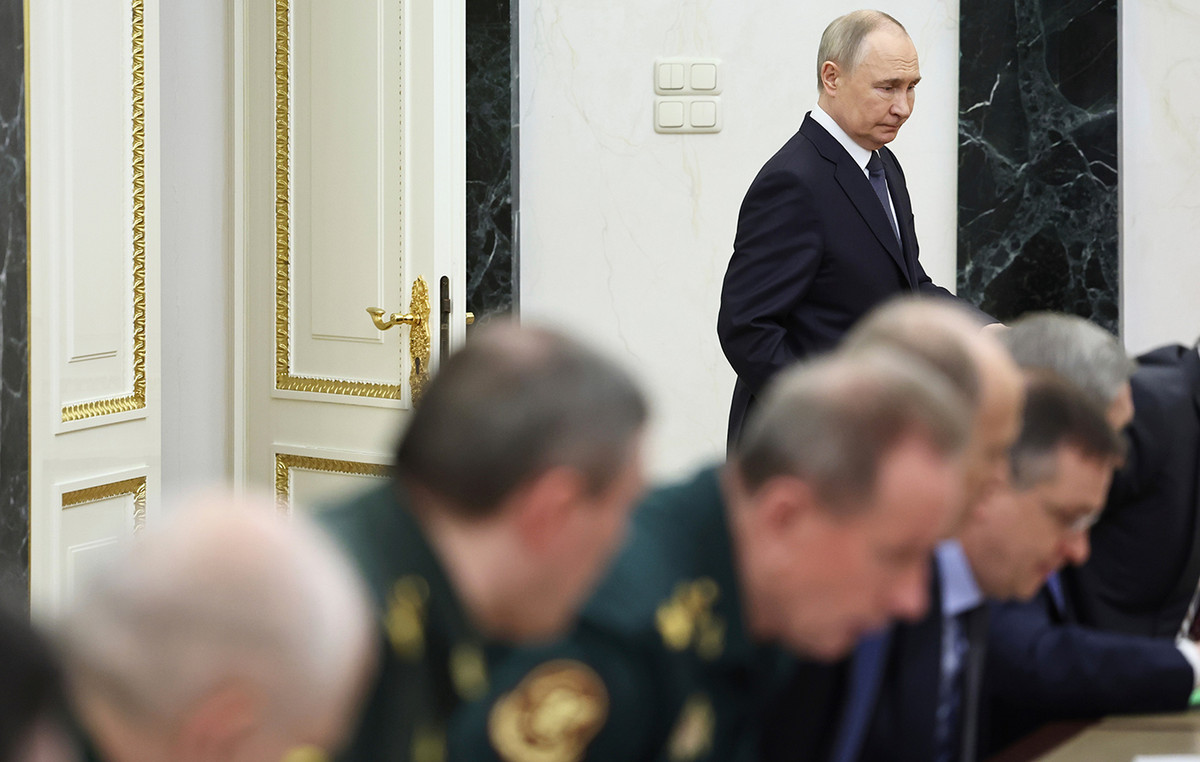- The British Pound is looking to extend its five-day winning streak against the US Dollar.
- Investors are awaiting S&P Global PMIs for August for both the UK and the US.
- The main event this week will be Powell and Bailey’s speeches in Jackson Hole.
The British Pound (GBP) is holding on to gains near the 1.3100 round-level resistance in Thursday’s London session. The GBP/USD pair is expected to move sideways after a five-day winning streak, with investors focused on the preliminary S&P Global Purchasing Managers’ Index (PMI) data for August for both the United Kingdom (UK) and the United States (US), due out at 08:30 GMT and 13:45 GMT, respectively.
The overall outlook for Cable remains positive as the US Dollar trades lower, with growing speculation that the Federal Reserve (Fed) will begin cutting interest rates starting from its September meeting. The US Dollar Index (DXY), which tracks the value of the Dollar against six major currencies, is hovering around 101.00, the lowest level seen this year.
Investor confidence that the Fed will shift to policy normalization has increased after minutes of the Federal Open Market Committee (FOMC) meeting on July 30-31 showed that some policymakers suggested cutting interest rates as early as that time. Still, the “vast majority” of officials said that “if data continued to come in as expected, easing policy at the next meeting would likely be appropriate,” according to the minutes.
Meanwhile, a downward revision in Nonfarm Payrolls (NFP) in the year to March 2024 renewed fears of a possible recession and prompted traders to increase bets on a 50 basis points (bps) interest rate cut in September. The US Bureau of Labor Statistics (BLS) reported that the total number of employees hired during the period was 818K lower than previously estimated, raising expectations for a significant interest rate cut.
Investors now turn their attention to the Jackson Hole (JH) Symposium, which will start at 14:00 GMT and run until August 24. The highlight will be Fed Chairman Jerome Powell’s speech, scheduled for Friday. Investors will be looking for fresh clues about the potential size of interest rate cuts in September.
Daily Market Drivers Roundup: Sterling to be guided by preliminary UK S&P Global/CIPS PMI data
- The British Pound is showing a mixed performance against its major peers as investors have remained on the sidelines ahead of the UK’s preliminary S&P Global/CIPS data for August. The preliminary PMI report will give an insight into the current state of the UK economy. Economists estimate that the composite PMI improved marginally, to 52.9 from 52.8 the previous month, led by a more pronounced expansion of activity in the services sector. Meanwhile, activity in the manufacturing sector is expected to grow at a steady pace.
- The preliminary PMI report could also show a significant improvement in employer morale and firm labour demand as a result of the Bank of England (BoE) interest rate cut in August. This was the first reduction in borrowing costs since December 2021, when it began tightening monetary policy to contain high inflationary pressures driven by pandemic-related stimulus.
- This week, the main trigger for the British Pound will be BoE Governor Andrew Bailey’s speech at the JH Symposium on Friday. Andrew Bailey could give guidance on whether the BoE will cut interest rates again in September. In addition, investors will be looking for clues on the outlook for wage growth and services inflation.
- The BoE is expected to make one more rate cut in November, according to a Reuters poll, as inflation is expected to remain above the bank’s 2% target. Analysts at Rabobank said in a note: “We are seeing headline inflation moving closer to 2.75%-3.00% by year-end.”
Pound Sterling Price Today:
Pound Sterling PRICE Today
The table below shows the exchange rate of the British Pound (GBP) against major currencies today. The British Pound was the strongest currency against the Euro.
| USD | EUR | GBP | JPY | CAD | AUD | NZD | CHF | |
|---|---|---|---|---|---|---|---|---|
| USD | 0.20% | 0.02% | -0.07% | -0.11% | 0.00% | -0.04% | -0.14% | |
| EUR | -0.20% | -0.18% | -0.32% | -0.32% | -0.19% | -0.26% | -0.33% | |
| GBP | -0.02% | 0.18% | -0.15% | -0.14% | -0.01% | -0.07% | -0.17% | |
| JPY | 0.07% | 0.32% | 0.15% | -0.11% | 0.10% | 0.03% | -0.08% | |
| CAD | 0.11% | 0.32% | 0.14% | 0.11% | 0.13% | 0.06% | -0.04% | |
| AUD | -0.01% | 0.19% | 0.00% | -0.10% | -0.13% | -0.06% | -0.17% | |
| NZD | 0.04% | 0.26% | 0.07% | -0.03% | -0.06% | 0.06% | -0.11% | |
| CHF | 0.14% | 0.33% | 0.17% | 0.08% | 0.04% | 0.17% | 0.11% |
The heatmap shows percentage changes of major currencies. The base currency is selected from the left column, while the quote currency is selected from the top row. For example, if you choose the British Pound from the left column and move along the horizontal line to the US Dollar, the percentage change shown in the chart will represent the GBP (base)/USD (quote).
Technical Analysis: British Pound Nears Two-Year High of 1.3140
The British Pound marks a new yearly high at 1.3050 against the US Dollar. The GBP/USD pair is moving higher in an Ascending Channel chart pattern where every pullback is considered a buying opportunity by market participants. The upward sloping 20-day Exponential Moving Average (EMA) near 1.2875 suggests that the short-term trend is bullish.
The 14-period Relative Strength Index (RSI) is oscillating in the bullish range of 60.00-80.00, suggesting strong upside momentum. Still, it has reached overbought levels around 70.00, increasing the chances of a corrective pullback.
The British Pound FAQs
The Pound Sterling (GBP) is the oldest currency in the world (886 AD) and the official currency of the United Kingdom. It is the fourth most traded currency unit in the world, accounting for 12% of all transactions and an average of $630 billion a day, as of 2022.
Its key currency pairs are GBP/USD, also known as the “Cable,” which accounts for 11% of the forex market, GBP/JPY, or the “Dragon” as it is known to traders (3%), and EUR/GBP (2%). The British Pound is issued by the Bank of England (BoE).
The most important factor influencing the value of the British Pound is the monetary policy decided by the Bank of England. The Bank of England bases its decisions on achieving its main objective of “price stability”, i.e. a stable inflation rate of around 2%. Its main tool for achieving this is the adjustment of interest rates.
When inflation is too high, the Bank of England tries to contain it by raising interest rates, making credit more expensive for individuals and businesses. This is generally positive for the GBP, as higher interest rates make the UK a more attractive place for global investors to park their money.
When inflation is too low, it is a sign that economic growth is slowing. In this scenario, the BoE will consider lowering interest rates to make credit cheaper, so that companies borrow more to invest in growth-generating projects.
The data released gauges the health of the economy and can influence the value of the Pound. Indicators such as GDP, manufacturing and services PMIs, and employment can influence the direction of the Pound.
A strong economy is good for the British Pound. Not only does it attract more foreign investment, but it may encourage the Bank of England to raise interest rates, which will directly strengthen the British Pound. Conversely, if economic data is weak, the British Pound is likely to fall.
Another significant indicator for the pound is the trade balance. This indicator measures the difference between what a country earns from its exports and what it spends on imports during a given period.
If a country produces highly sought-after exports, its currency will benefit exclusively from the additional demand created by foreign buyers who wish to purchase these goods. Therefore, a positive net trade balance strengthens a currency and vice versa for a negative balance.
Source: Fx Street
I am Joshua Winder, a senior-level journalist and editor at World Stock Market. I specialize in covering news related to the stock market and economic trends. With more than 8 years of experience in this field, I have become an expert in financial reporting.








